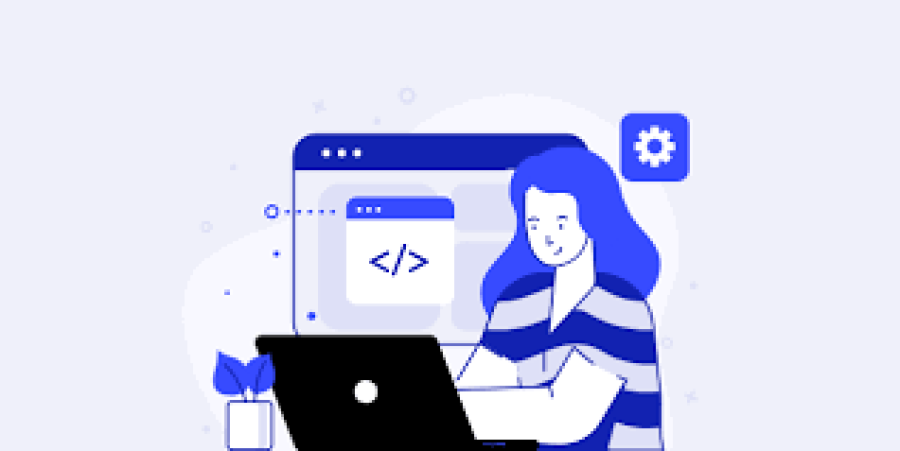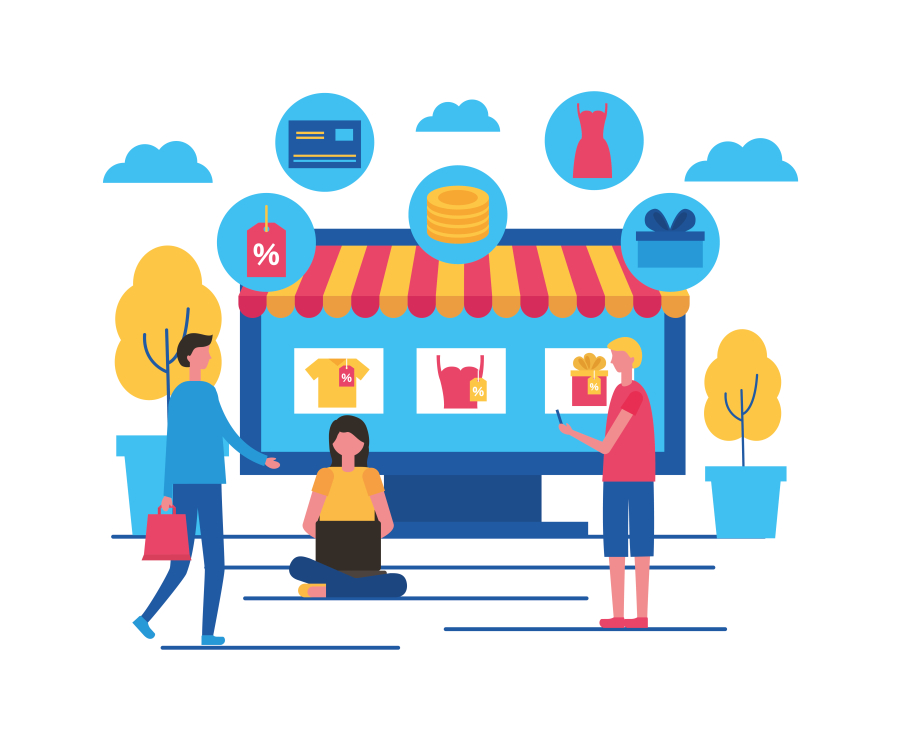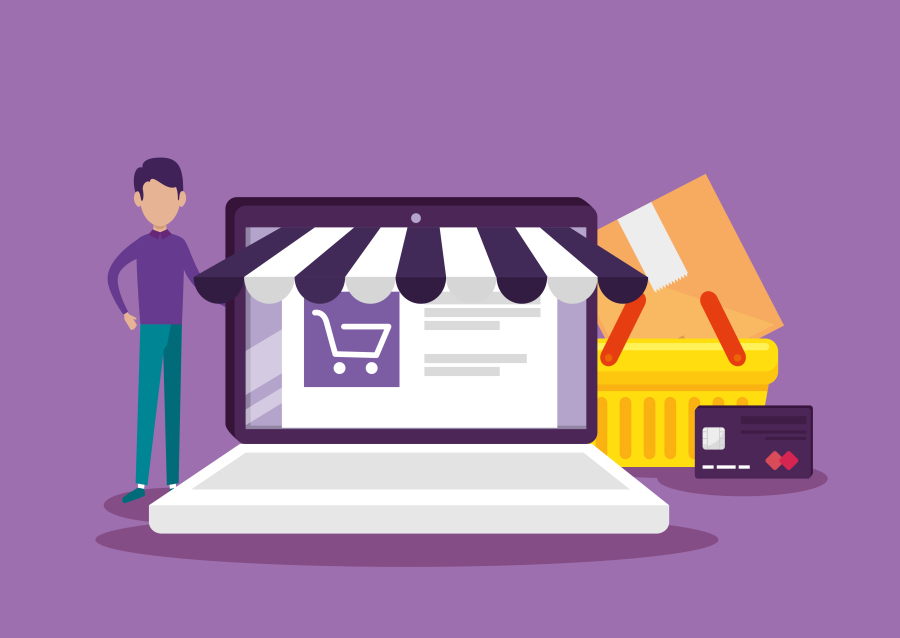Psychology Behind Effective Logo Design
A logo is not just a visual symbol — it's a psychological gateway into a brand’s identity. In the competitive freelance design industry, creating logos that go beyond aesthetics and tap into consumer psychology can set your work apart. The best logos are not only memorable but also evoke emotions, build trust, and influence decisions.
At FreelancerBridge, we understand that successful logo design combines creativity with strategy. This article explores the psychology behind effective logo design and offers practical insights that freelance designers can use to build logos that resonate, convert, and endure.
Long Description
Why Psychology Matters in Logo Design
When a person sees a logo, their brain immediately begins interpreting its meaning. Within seconds, they form an impression of the brand’s personality, values, and credibility. Effective logos take advantage of subconscious psychological triggers that affect how people perceive and remember brands.
Key psychological elements in logo design include:
Color psychology
Shape symbolism
Typography tone
Visual simplicity and memorability
Emotional and cultural cues
Understanding these principles can help freelance designers craft logos that communicate on a deeper level.
1. Color Psychology in Logos
Color is one of the most powerful psychological tools in design. Each color evokes a different emotional response, and selecting the right color palette can influence how a brand is perceived.
Common Color Associations:
Red: Energy, passion, urgency (e.g., Coca-Cola, YouTube)
Blue: Trust, stability, calmness (e.g., Facebook, PayPal)
Yellow: Optimism, youthfulness, attention (e.g., McDonald’s)
Green: Growth, health, sustainability (e.g., Whole Foods)
Purple: Luxury, wisdom, creativity (e.g., Cadbury)
Black: Sophistication, power, elegance (e.g., Chanel)
White: Simplicity, purity, minimalism (e.g., Apple)
For freelancers, choosing colors aligned with a client’s brand values and audience psychology is crucial for logo success.
2. Shape and Symbolism
Shapes carry meaning. Whether you use circles, squares, triangles, or custom icons, each form communicates something different.
Meaning of Basic Shapes:
Circles: Unity, harmony, protection, community (e.g., Pepsi, Mastercard)
Squares/Rectangles: Stability, order, reliability (e.g., Microsoft)
Triangles: Direction, innovation, action (e.g., Google Drive)
Vertical Lines: Strength, masculinity
Horizontal Lines: Calmness, connection
Additionally, abstract icons or illustrated elements can reflect specific concepts tied to the brand’s industry, mission, or service. Using symbolic visuals enhances logo storytelling.
3. Typography Psychology
Fonts also trigger emotional responses. The typeface used in a logo tells people a lot about the brand’s voice and personality.
Font Types and Their Psychological Effects:
Serif Fonts (e.g., Times New Roman): Tradition, reliability, authority
Sans-Serif Fonts (e.g., Helvetica): Modernity, clarity, minimalism
Script Fonts (e.g., Pacifico): Elegance, creativity, warmth
Display Fonts: Boldness, uniqueness, fun
When designing logos, ensure the typography is legible at small sizes and fits the tone of the brand. For example, a luxury brand might use a refined serif font, while a tech startup might go for a sleek sans-serif typeface.
4. The Power of Simplicity
Simplicity is a major factor in logo effectiveness. Psychologically, people remember and trust visuals that are:
Easy to recall
Clean and uncluttered
Versatile in different sizes and formats
Clear at first glance
Some of the most iconic logos — like Nike, Apple, and Twitter — use minimalistic design that communicates clearly with limited elements. As a freelance designer, aiming for visual clarity will help your logos remain timeless and professional.
5. Emotional Triggers in Logo Design
Great logos don’t just look good — they make people feel something. Emotional connections are key in shaping brand loyalty and recall.
Emotions a Logo Can Trigger:
Trust (clean, balanced, professional logos)
Excitement (bold colors, dynamic shapes)
Comfort (soft edges, pastel colors, symmetry)
Confidence (sharp lines, bold fonts)
Innovation (abstract icons, unexpected combinations)
Freelancers should work closely with clients to understand the emotional tone their brand wants to convey — then build those emotions into the logo.
6. Brand Recognition and Repetition
Psychologically, repetition aids recognition and familiarity. Logos that are easy to spot and consistent across platforms help build a brand’s identity in consumers’ minds.
To enhance this:
Design logos that adapt well across mediums (digital, print, social)
Use consistent logo elements like color, icon, and placement
Include a simplified icon or monogram version for social and mobile use
A logo that maintains integrity at every touchpoint becomes a core asset in brand recall.
7. Cultural and Contextual Psychology
The meaning of a logo can vary depending on cultural background and context. Symbols, colors, or even fonts that are positive in one culture may be misunderstood in another.
For global or multicultural brands:
Research cultural interpretations of colors and icons
Avoid culturally insensitive shapes or images
Ensure the design communicates clearly across language barriers
Freelance designers should always consider the cultural landscape when developing logos for international or diverse audiences.
8. Balance and Visual Hierarchy
People are naturally drawn to symmetrical and well-balanced visuals. The psychological principle of “visual harmony” ensures a logo feels pleasing and trustworthy.
Tips for Achieving Balance:
Center elements within the logo grid
Balance icon weight with typography size
Use consistent spacing and alignments
Avoid visual noise or unnecessary clutter
A visually balanced logo feels intentional and communicates professionalism.
9. First Impressions and Cognitive Load
Studies show that users form impressions within milliseconds. A good logo reduces cognitive load by being:
Instantly recognizable
Visually aligned with industry expectations
Free from confusing or contradictory elements
This is especially critical in branding, where you want the viewer to understand what a business is about — quickly and confidently.
How Freelancers Can Apply Psychology in Logo Design
Here are some practical steps freelance designers can take to integrate psychology into logo creation:
Conduct a client discovery session to learn about values, mission, and audience
Research the client’s competitors to identify differentiation opportunities
Use mood boards to test emotional tone and symbolic direction
Choose color and font intentionally based on psychological meaning
Test logo sketches with potential users or target clients for feedback
Ensure versatility and simplicity in final design output
This approach positions you as a strategic designer — not just an artist.
Benefits of Psychological Logo Design for Clients
When psychology is baked into the logo design process, clients benefit through:
Stronger brand recognition
Increased customer trust and engagement
More consistent visual identity across platforms
A logo that evolves with their brand, not against it
Competitive edge in a saturated market
For freelance designers, offering psychologically informed design increases the perceived value of your services.
Final Thoughts
Effective logo design is rooted in both creativity and cognitive science. By understanding how colors, shapes, typography, and emotional cues influence perception, freelance designers can create logos that are not only beautiful — but also strategic and impactful.
At FreelancerBridge, we believe in empowering freelance creatives to go deeper than aesthetics. With the right psychological insights, your logo designs can influence behavior, foster loyalty, and become the cornerstone of unforgettable brand identities.


 by Emily
by Emily




